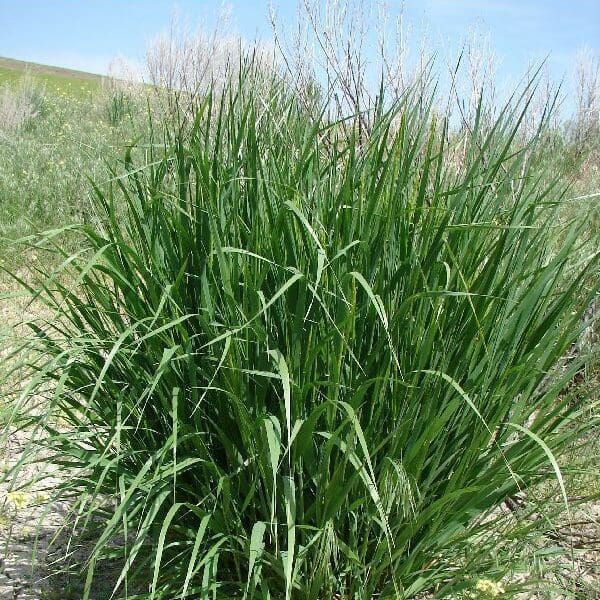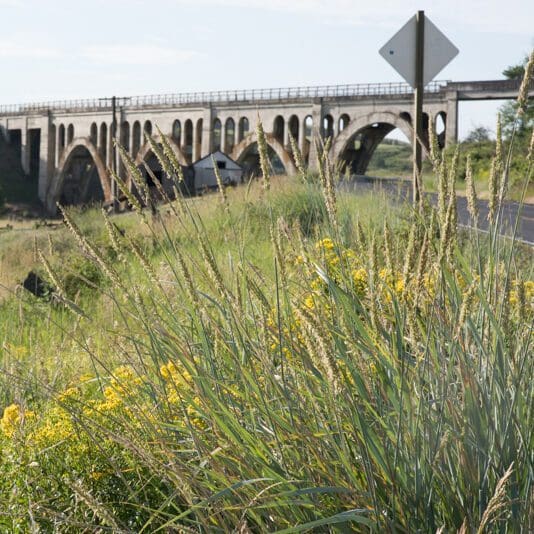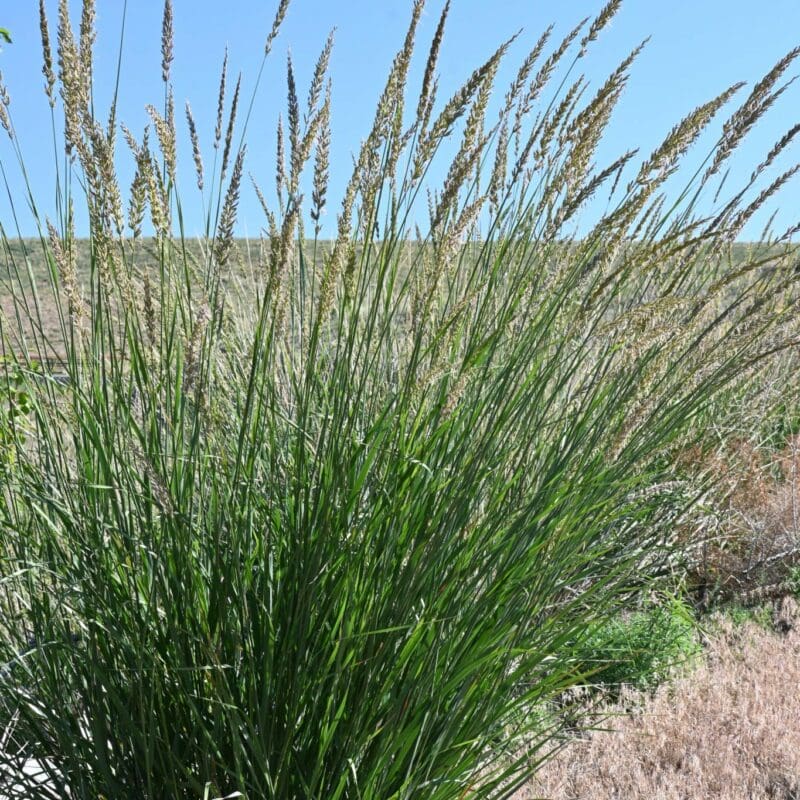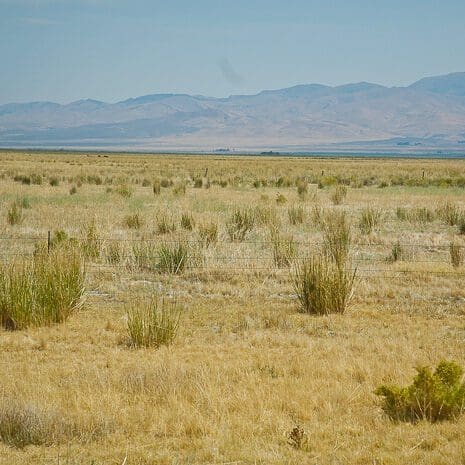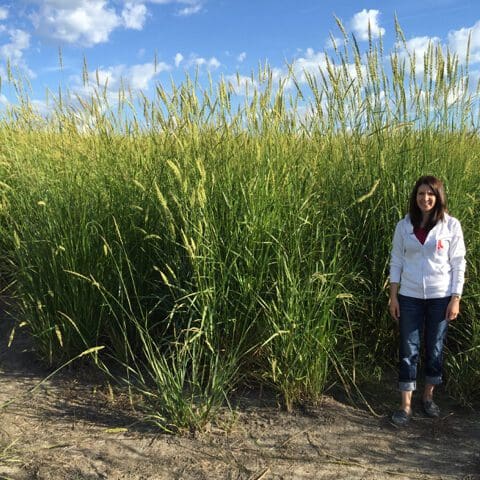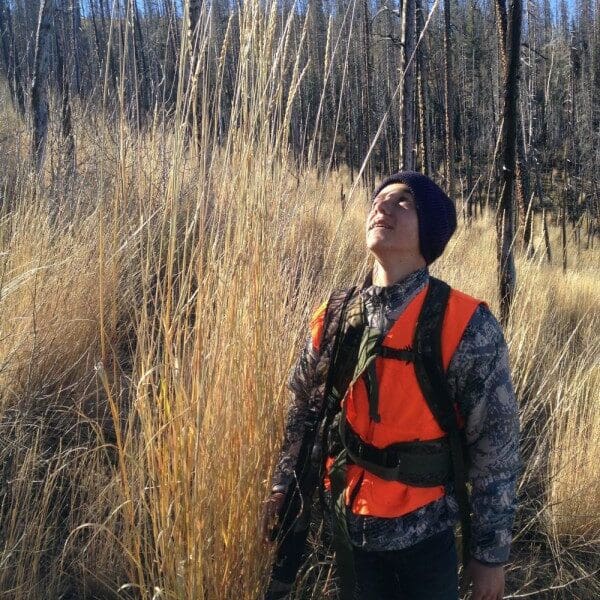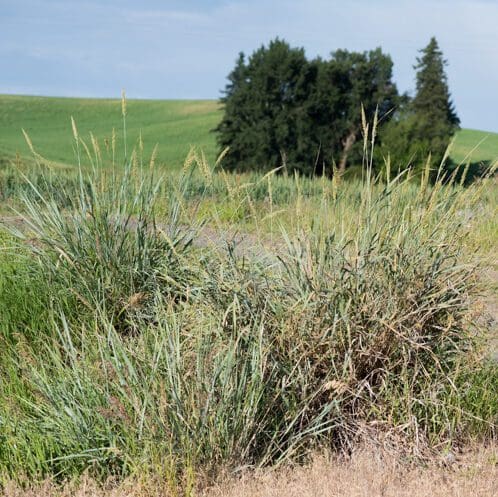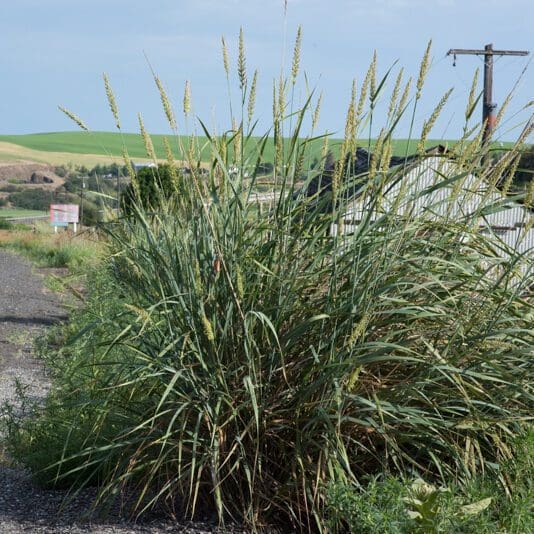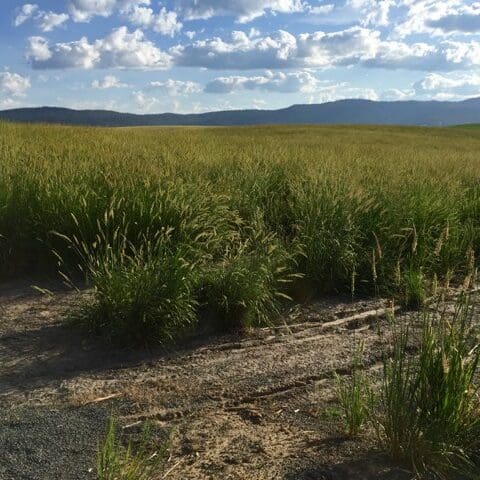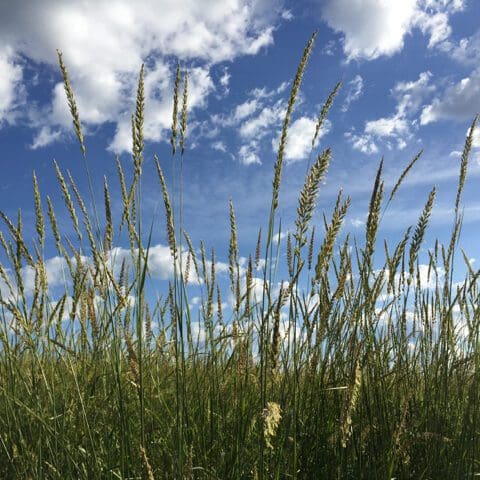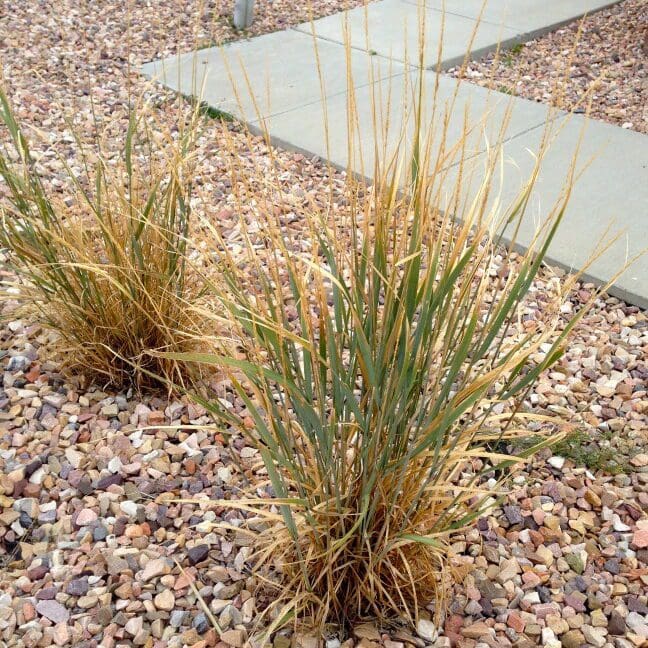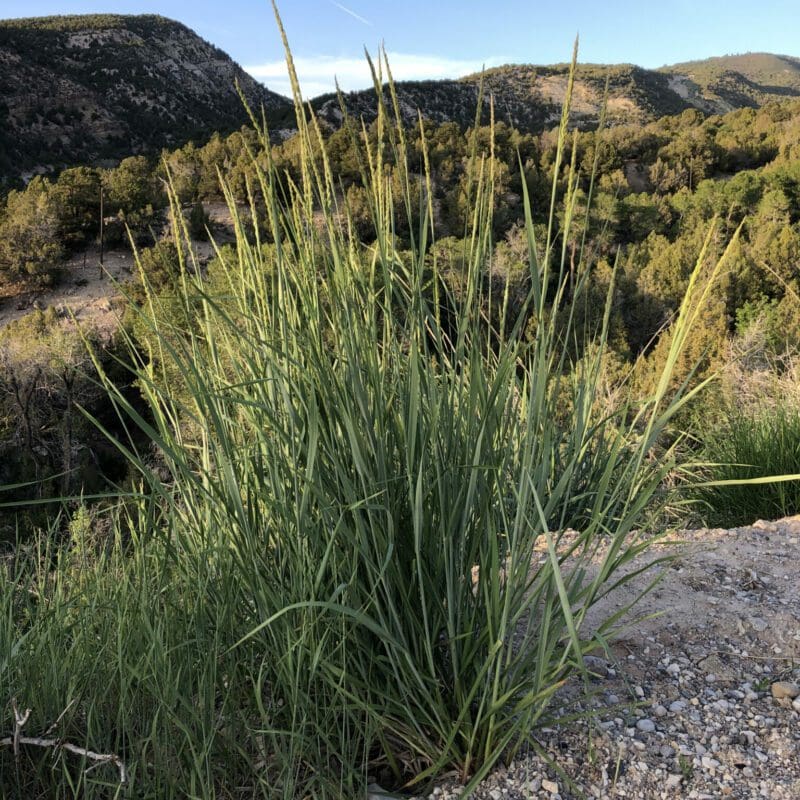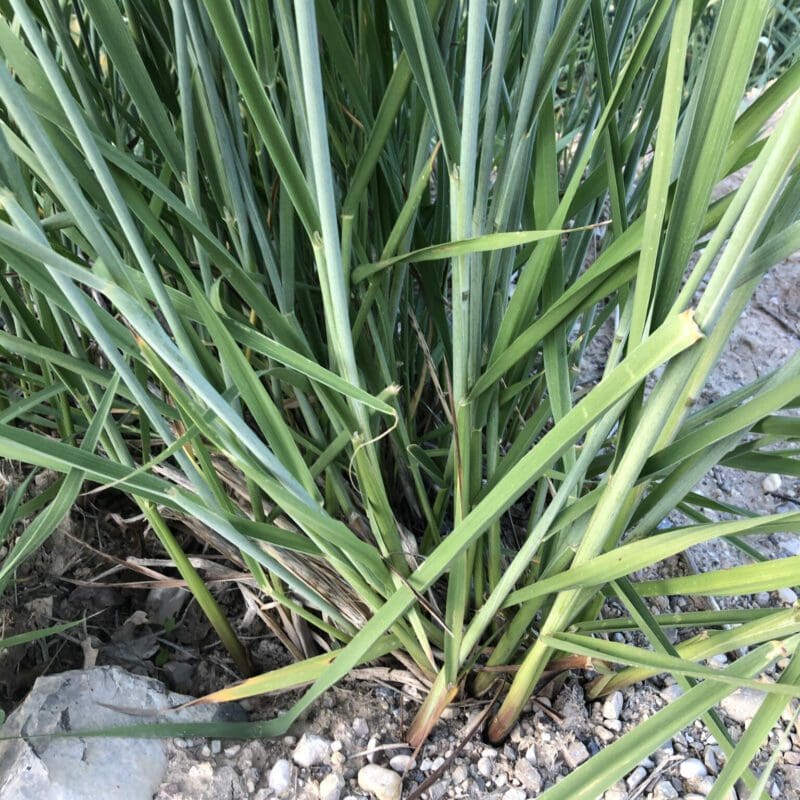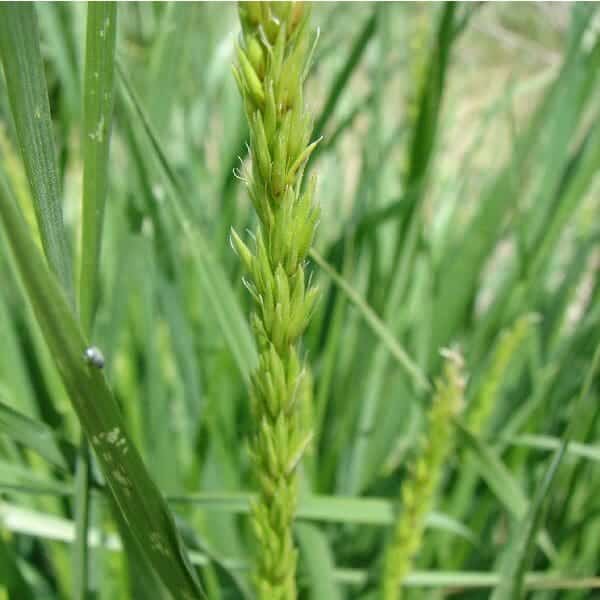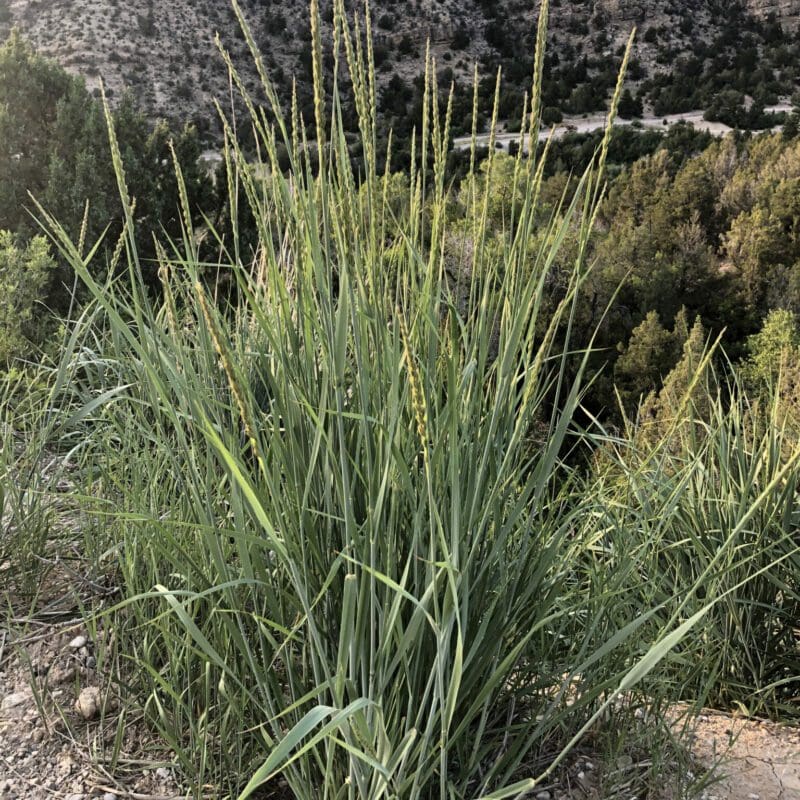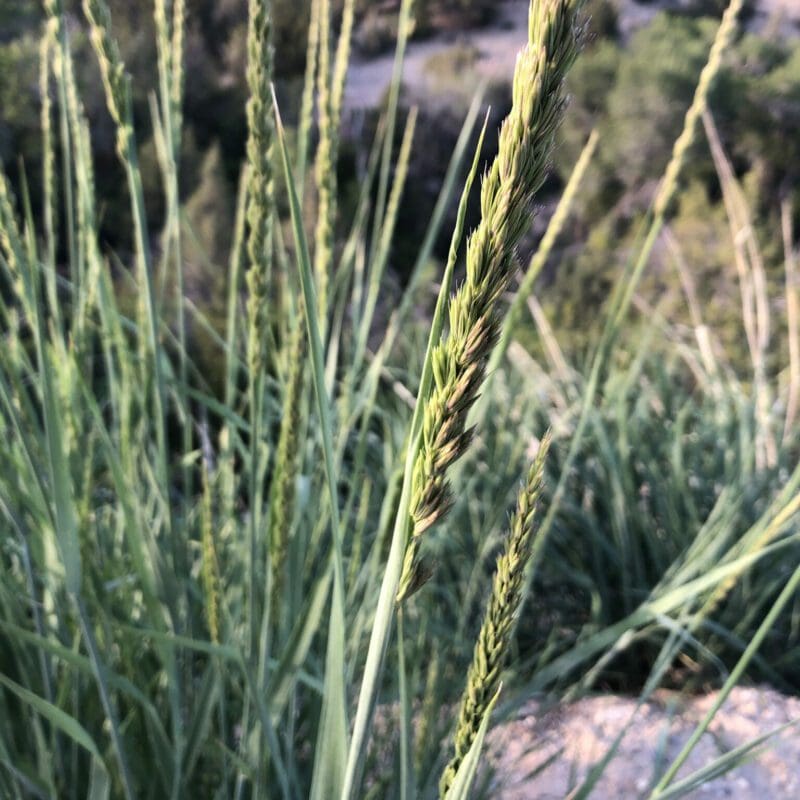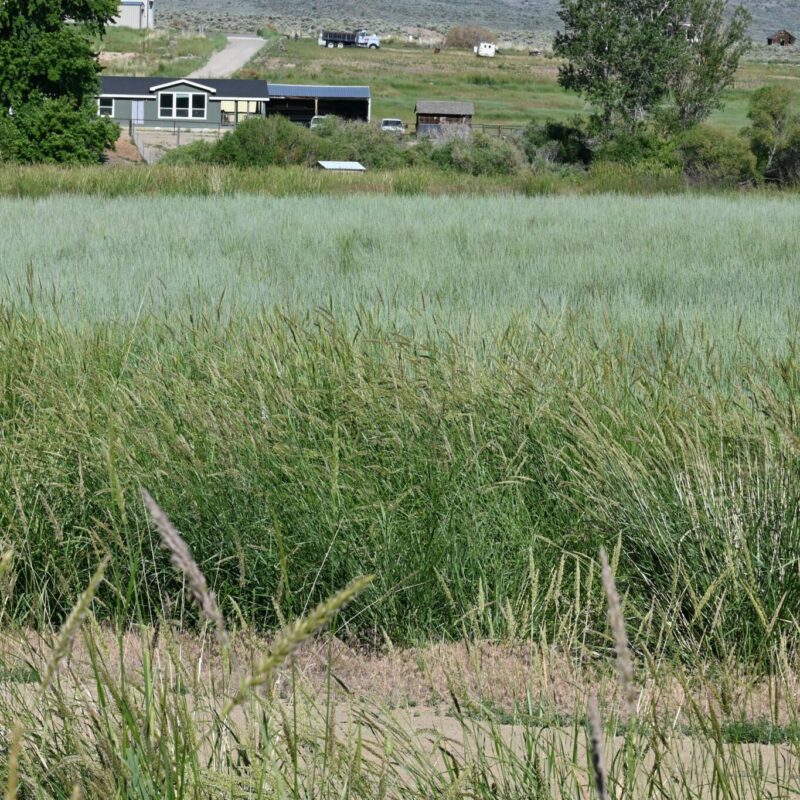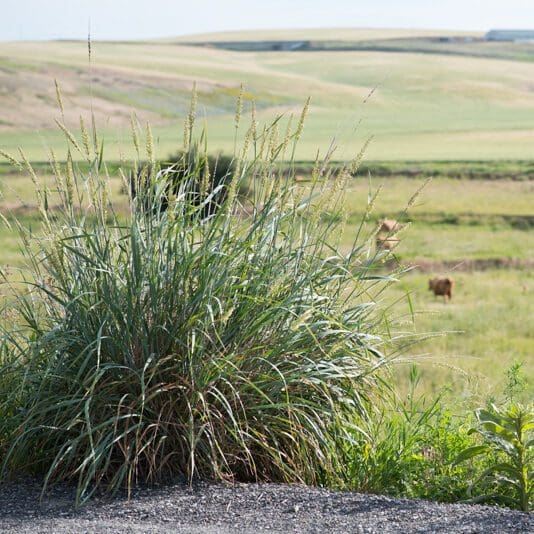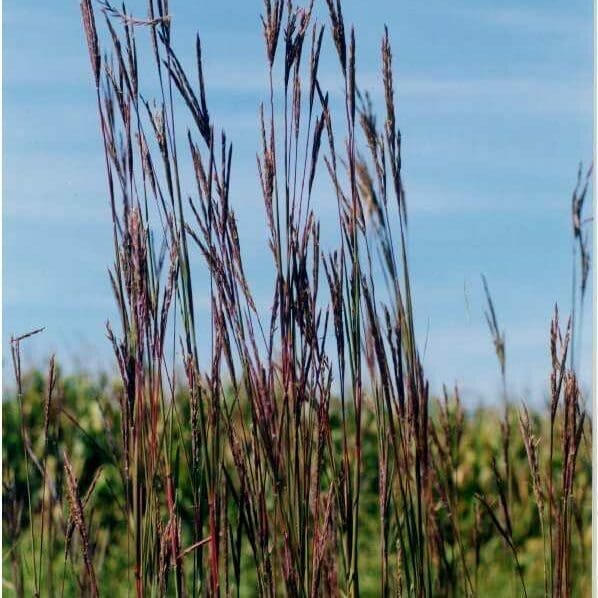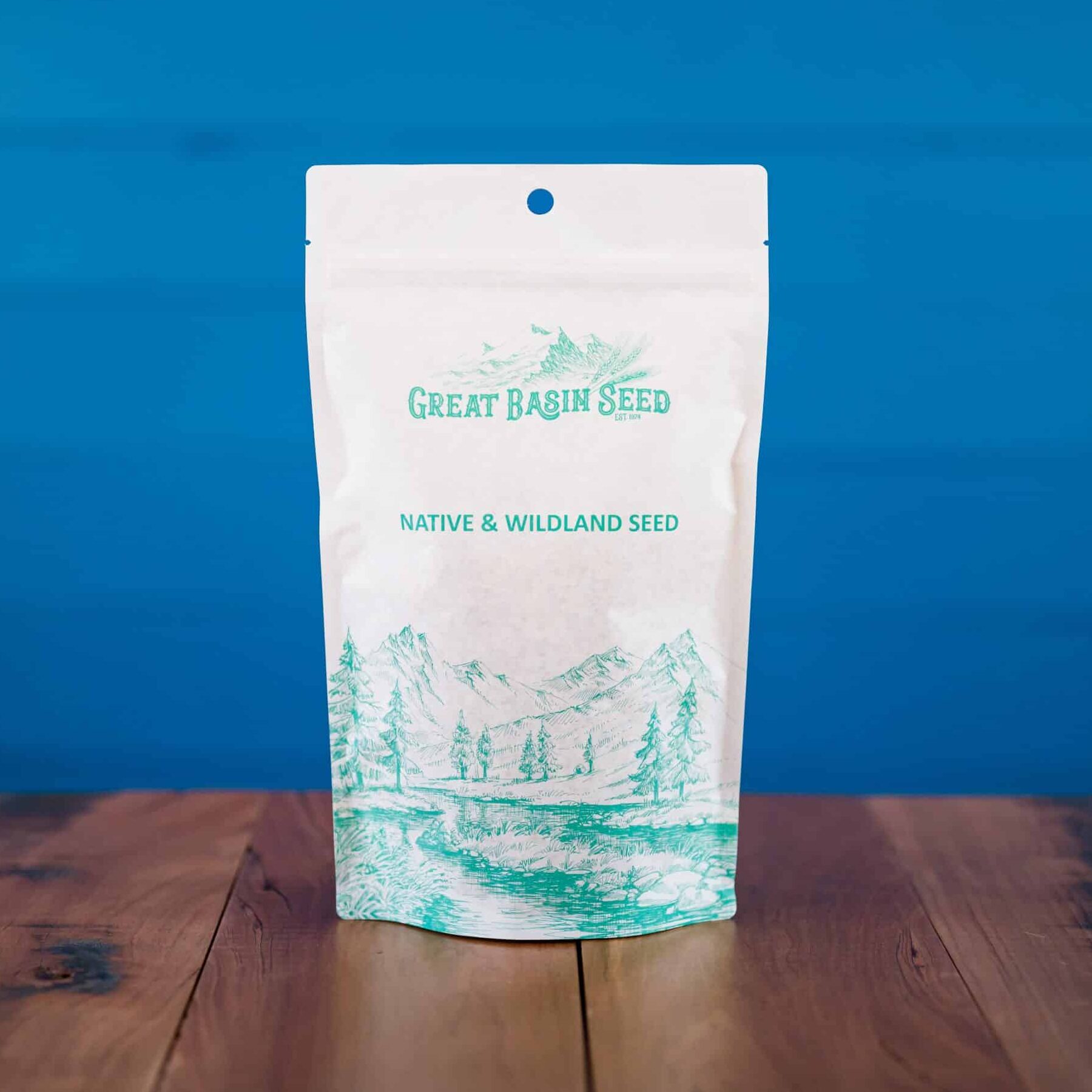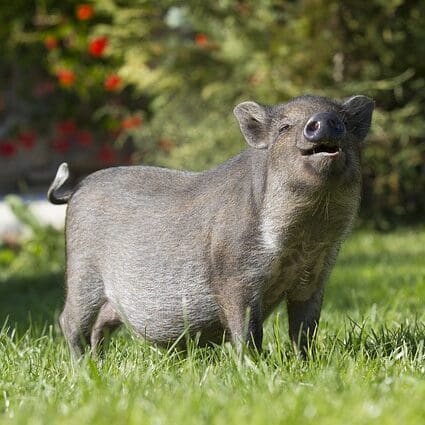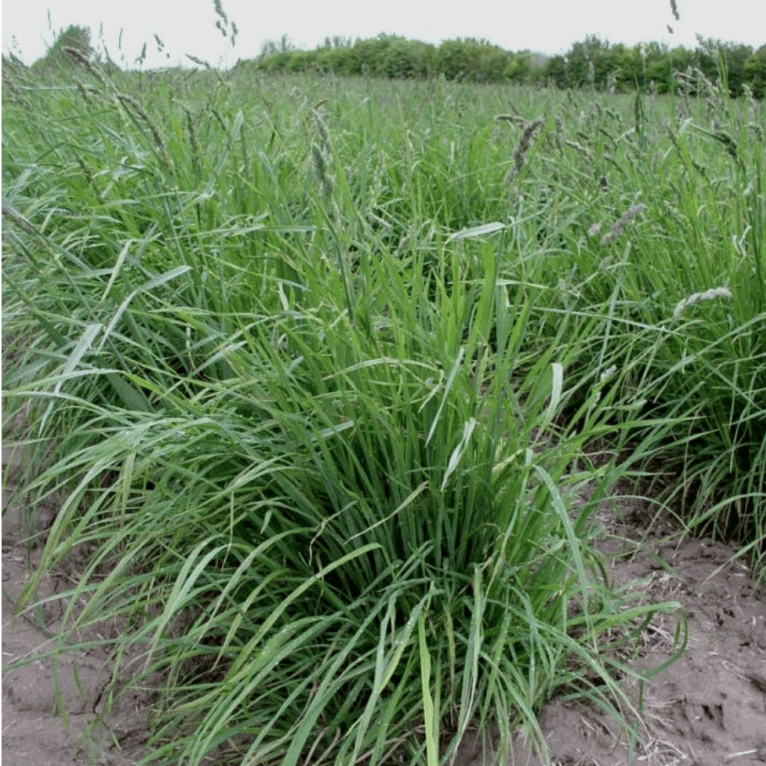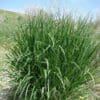

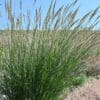

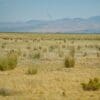
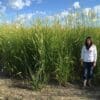
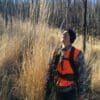
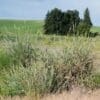
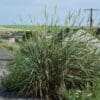
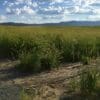
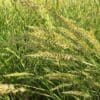
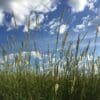

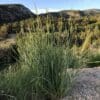

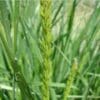
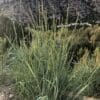
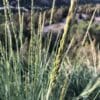
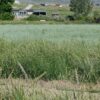
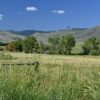
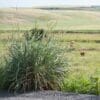
Basin Wildrye
- Scientific name: Leymus cinereus
- Large, robust bunchgrass averaging 2 to 5 feet tall
- Can grow up to 12′ tall in ideal conditions
- Not tolerant of heavy grazing
- Excellent erosion control and soil stabilization
- Valuable restoration species
Basin Wildrye (Leymus cinereus), sometimes called Great Basin Wildrye, is an unusually large, robust bunchgrass averaging 2 to 5 feet tall. In fact, it is the largest cool-season bunchgrass native to the western United States. It is noted for its deep blue-green color.
Under irrigation some varieties can grow up to 8 feet tall. Plants form large bunches up to 4 feet in diameter that are underlain by an extensive fibrous root system. Basin wildrye grows on a wide variety of habitats, ranging from saline/alkaline valley bottoms to sagebrush and aspen woodlands. Optimal growth occurs in silty and clay soil in areas with 15 to 25 inches of annual precipitation, but it will sustain periods of drought. It is more common near riparian sites and in swales or other drainage-collection areas.
Basin Wildrye (Leymus cinereus)grows on riverbanks, in ravines, on moist or dry slopes, and on plains at elevations from 4500 on up to the steep mountain slopes at 10,000 feet elevation. It is adapted to areas with 15 to 25 inches of annual precipitation, and is usually found on sites where extra moisture is available, such as riparian sites or ponds. It is adapted to a wide range of soils from clay and silty soils in the deserts to coarse textured, gravelly, and stony soils. It does well in moderately saline soils. It starts growth in early spring, the seeds mature by August. Despite early spring growth, basin wildrye doesn’t produce seed until July. Seed heads are conspicuous because they grow 4-11 inches long. Germination rates are low and seedling vigor is fair. Most regeneration occurs through tillering and short rhizomes.
Basin wildrye is quite fire tolerant. It recovers well, especially if associated shrubs have been killed. It is not tolerant of heavy grazing, due to the high position of the growth buds (4 to 6 inches above the soil). Basin wildrye is highly palatable to elk in spring and summer, and highly palatable to mule deer in spring. It provides important cover and winter forage for elk and deer. It also provides habitat for upland game birds and food for songbirds and small mammals.
Basin wildrye provides excellent surface erosion control and soil stabilization and can be a valuable restoration species wherever moisture is adequate. It can be hard to establish due to a lack of highly germinable seed.
Basin wildrye is native to the Great Basin province.
Magnar, Trailhead and VNS are available.
***click the “Quick Plant Facts” tab above for more information.
Basin Wildrye NRCS Plant Guide and Fact Sheet
Basin Wildrye NRCS Plant Guide and Fact Sheet
PDF version of NRCS Plant Guide & Fact Sheet
Prepared By & Species Coordinator: Daniel G. Ogle USDA, NRCS, Idaho State Office, Boise, Idaho
Helpful Links
Additional information about this product can be found on the academic websites linked below.
Synonyms
Many plants have more than one common and scientific name. We've listed a few of them below.
- Leymus cinerius
- Elymus cinereus
Who is Great Basin Seed?
Great Basin Seed is a seed company that specializes in seed sales and consultation for home, ranch, farm, range and reclamation. We have been a leader in the seed industry since 1974.
Our History
We've been in the seed business since 1974.
What We Offer
We offer seed for home, farm, ranch, range and reclamation projects.
Meet the Gang
We have the best employees in the world! We are proud of the work they do, and trust them to serve you!
Right: Company founder Lloyd and his wife Paula Stevens in a wildflower seed production field circa 1977
Quick Plant Facts
| Zone Map | comingsoon.gif |
|---|---|
| Min. Precipitation | 8 Inches Minimum |
| Root Form | Bunchgrass |
| Best SowingTime | Spring or Fall |
| Sowing Rate | 6-11 PLS lbs. per Acre |
| Seed Count | 130000 |
| Plant PDF File | leci.pdf |
| Available Varieties: | |
| Growth Height: | |
| Plant Type: | |
| Origin: | |
| Root Form: | |
| Max Sowing Depth: | |
| Common Name: | Great Basin Wildrye |
| Scientific Name: | |
| Old Scientific Name: | |
| Growth Season: | |
| Sun & Shade Tolerance: | Full Sun, Shade Intolerant |
| Elevation of Occurance: | |
| Hardiness Zones: |
